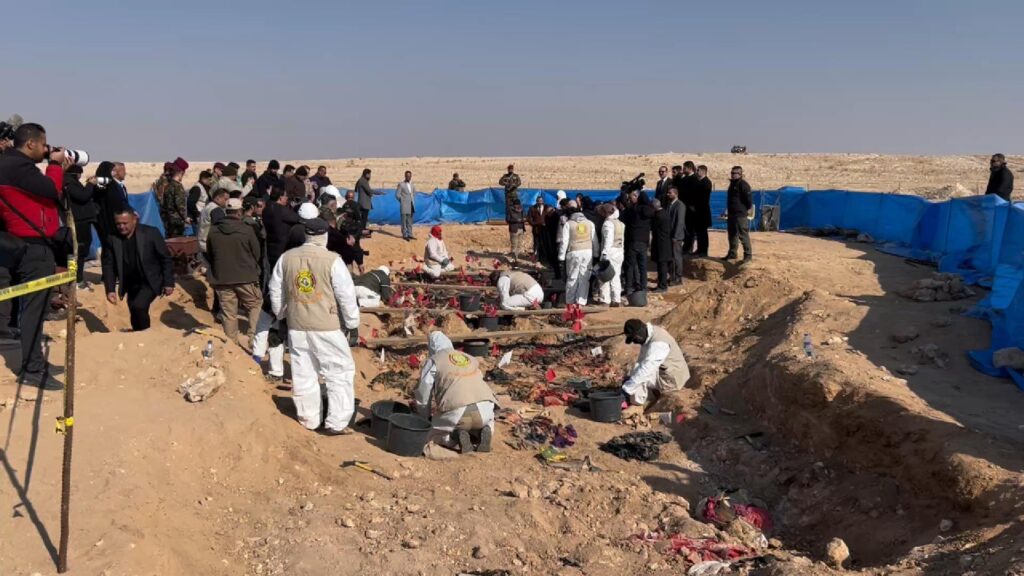Iraq: Health and Hygiene Promotion Guidance Document for COVID-19 – 29 March 2020
Introduction
Conflict affected populations in Iraq, particularly IDPs and refugees in and out of camps and recent returnees, are already faced with public health risks associated with diseases outbreaks. The situation is currently exacerbated by specific vulnerabilities and challenges related to COVID-19, putting more strain on the IDPs/returnees/refugees and services provided to support them. Given the diverse actors involved in COVID-19 response (WASH, Health, CCCM, Protection, etc.), it is essential to have streamlined guidance on health and hygiene messages to be shared with local communities, who is best placed to deliver these messages, and how messages should be delivered. WASH Cluster Iraq has developed this COVID-19 health and hygiene promotion guidance document to facilitate effective health and hygiene promotion on COVID-19 to affected populations.
Who should be trained on health and hygiene promotion?
Actors responding to COVID-19 must ensure that interventions are adequately resourced with appropriately qualified and experienced full time staff members who can ensure that hygiene promotion efforts are carried out in a planned and systematic way. These staff should oversee Outreach Workers and Community Mobilizers at the community level while carrying out hygiene promotion activities.
Outreach Workers or Community Mobilizers are usually identified from within the community where health and hygiene promotion will take place. Particularly in camp settings, local community members are less likely to be traveling out of the camp, and therefore have a lower likelihood of carrying COVID-19 and becoming a vector of infection. The greater risk is that aid workers based outside of the camp could contract the virus and pass on to camp populations. Partners should limit the volume and frequency of movement in and out of the camp in order to promote effective social isolation and reduce the potential for infection. Given the concerns of a significant outbreak, partners can consider financial incentives as mobilisers will be expected to work longer and more consistent hours. However, ideally community members volunteer their time for the good of their immediate community.
It is not necessary to have a WASH, medical or health background to conduct COVID-19 health and hygiene promotion – even those with a medical background will still have to learn new skills in order to know how to use a community-based approach.
Social workers or community organizers can make very effective health and hygiene promoters because they have usually been trained how to communicate with individuals and communities and how to motivate them to take action. Organizations should follow the sphere standards for hygiene promotion and have one hygiene promoter per 500 targeted individualstargeted, both in and out of camps.
What messages should be shared?
COVID-19 and symptoms
COVID-19 is a novel (new) virus similar to the common cold, but with much more severe effects. It is in the same family as Middle East Respiratory Syndrome (MERS) and Severe Acute Respiratory Syndrome (SARS)
Cases can range from asymptomatic to critical – around 80% are mild, 15% are severe, 5% are critical
Key symptoms include high fever, dry cough, and trouble breathing – severe cases can result in pneumonia, severe acute respiratory syndrome, renal failure and death o As this is a novel virus, new symptoms may be discovered. For most up to date information, please visit https://www.who.int/
Highest fatality rates are for elderly and people with pre-existing conditions (high blood pressure, diabetes, smokers) – however, young, healthy people have also had extremely severe cases How COVID-19 is spread and treated
COVID-19 is transmitted from a sick person to a healthy one, usually after close contact in closed places (e.g. in a household, workplace, or health care centers).
It is transmitted through respiratory droplets when a sick person coughs or talks close to another one or coughs or touches a surface. This includes common practices, such as handshaking, hugging, cheek kissing, or touching surfaces where droplets have fallen, such as pens, tables, door handles, grocery items someone coughed on etc.
Diagnostic tests have indicated COVID-19 infection from a variety of specimens including throat swabs from asymptomatic people and feces.
Diagnostic test results do not necessarily mean that a person is contagious. People may have been exposed and infected but are NOT transmitting the virus. It is still advised for a person with a positive test to act as if they are contagious and self-quarantine.
There is no specific treatment for COVID-19. However, many of the symptoms can be treated and therefore treatment is based on the patient’s clinical condition.
Supportive care for infected persons can be highly effective. However, proper measures must be put in place while treating an infected person to prevent spread of disease.



